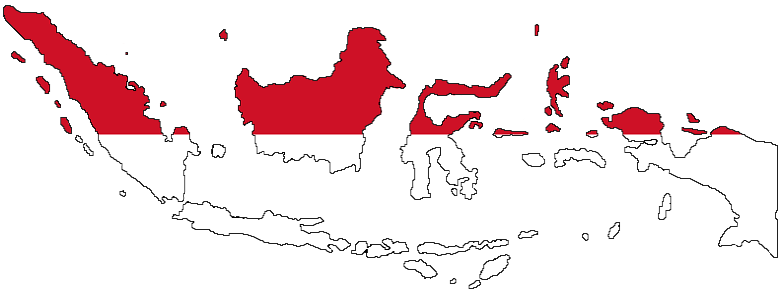Insurance and reinsurance premium volumes continue to increase in Indonesia but at a slower rate than total exposure growth, which, combined with regulatory changes in the region and other determining factors suggests domestic re/insurers’ exposures are on the rise, says JLT Re.
 The overall growth of the Indonesian economy has resulted in the rapid expansion of total insured property and engineering exposures. However, analysis from reinsurance broker JLT Re, discussed in a recent report on the Indonesian reinsurance sector, states that during the same period reinsurance cessions and exposure-adjusted purchases have declined.
The overall growth of the Indonesian economy has resulted in the rapid expansion of total insured property and engineering exposures. However, analysis from reinsurance broker JLT Re, discussed in a recent report on the Indonesian reinsurance sector, states that during the same period reinsurance cessions and exposure-adjusted purchases have declined.
As a result, domestic re/insurers are now more exposed to large losses, a trend that has been exacerbated by recent regulatory changes implemented in the country requiring greater per-risk retentions for insurance companies and compulsory cessions to domestic reinsurance firms.
“As Indonesia’s insurance sector continues to develop, reinsurance remains a key risk mitigating strategy. As part of this holistic approach to risk management, well-structured programmes that provide risk-bearing capital at attractive costs are critical for the longer-term health of the sector.
“Over time, insurers with well-executed strategies will emerge in a much stronger position to underwrite, price and ultimately retain more risk prudently,” says JLT Re.
Indonesia has a high exposure to a range of natural disasters and as such insurers are very reliant on reinsurance protection as a source of risk-bearing capital. This, coupled with regulatory changes requiring insurers to cede risks to domestic reinsurers has created a general trend of increasing cession rates to domestic firms, says JLT Re.
The broker continues to explain that renewal terms, the availability of capacity and the current efficiency of reinsurance pricing is also driving increased cession rates in the country.
Between 2011 and 2016 insurance and reinsurance premium volumes grew by an average of 10% in Indonesia. Although this represents solid growth, the rapid expansion in overall risk exposures driven by an advancing economy means that 10% growth isn’t sufficient, essentially resulting in the decline of exposure-adjusted premium rates.
JLT Re expands on this point; “This has been especially true for reinsurance rates, particularly after 2014 where the rate of increase has lagged behind primary rates. The lack of catastrophic loss activity in Indonesia in recent years is likely to be driving this continued appetite for risk and availability of reinsurance capacity.”
The broker also highlights the trend of rationalised reinsurance purchasing among primary insurers in the Indonesian market in recent times, and also the potential for advanced and improved modelling capabilities in the region to adjust both the understanding and view of risks.
“The trends highlighted have implications for the risk management functions of Indonesian insurers and reinsurers. Proactive measures taken now in the areas of ERM, capital and risk management will enable organisations to differentiate themselves from their peers and reward those willing to make the investment,” concludes JLT Re.


